
Kawasaki Motors (Malaysia) Sdn Bhd (KMSB) has just taken the wraps off the new 2018 Kawasaki Z900RS. Now, before you think the ‘RS’ in the name indicates some sort of performance enhancements, it’s not – ‘RS’ stands for Retro Sport. With that out of the way, let’s dive right in with the most important figures first, the price. The 2018 Kawasaki Z900RS is priced at RM67,900 for the standard variant while the special edition goes for RM69,900. Prices quoted include GST but exclude road tax, insurance and registration.
So, while it may share the same name (more or less) with the Kawasaki Z900, the Z900RS is more than just a cosmetic variant of said naked motorcycle. For starters, while they may share the same engine, the tuning here is slightly different. The 948 cc inline-four engine puts out 111 hp at 8,500 rpm as opposed to the 123 hp touted by the Z900. Maximum torque, meanwhile, is quoted at 98 Nm at 6,500 rpm – much lower down in the rev range compared to the Z900’s figure of 98.6 Nm at 7,700 rpm.

Another differentiating factor is the brake setup. The 2018 Kawasaki Z900RS features radial-mount brake calipers that bite down on 300 mm discs up front as opposed to the axial-mounted units on the Z900. The rear setup features a single-piston caliper gripping down on a 250 mm disc. Elsewhere, a slipper clutch, ABS and traction control comes as standard – the latter is exclusive to the Z900RS.
As for the suspension, 41 mm inverted forks are to be found along with Kawasaki’s Horizontal Back-Link rear suspension design. Said forks are fully-adjustable for compression and rebound while the rear shock is also fully adjustable for rebound and preload. Before we forget, all this is paired up to a trellis frame.

Other changes from the Z900 are to be found on the instrument cluster with the 2018 Kawasaki Z900RS getting two analogue gauges instead of a single, large display panel on the Z900. A tiny digital screen sits in between said gauges and provides auxiliary information to the rider. Both the headlight and tail light are LED units.
Fuel is carried inside a 17-litre tank while Kawasaki has claimed a weight figure of 214 kg with fluids inside. The seat height is set at a rider-friendly 800 mm. Another convenient feature is a 12-volt socket under the one-piece seat. The special edition version is painted in a rather fetching Candytone Brown (which looks more like candytone orange) while the regular variant is painted in a matte black/green finish.


















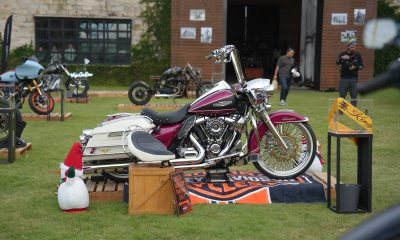


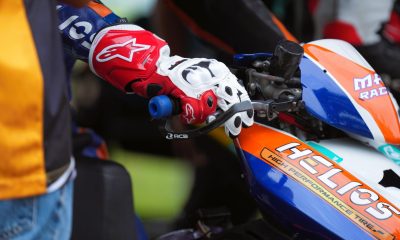
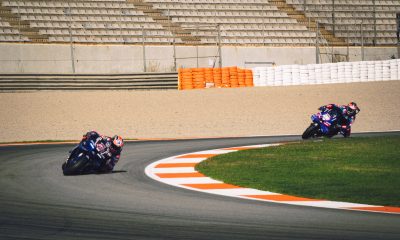

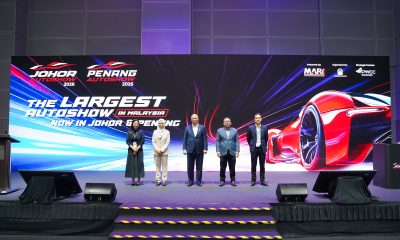
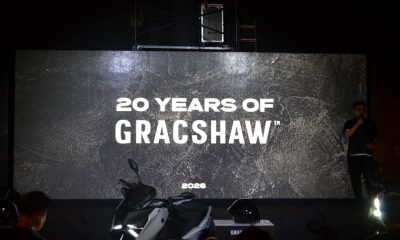
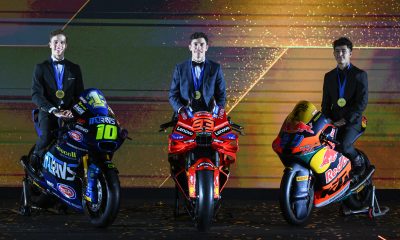















Facebook
Instagram
X (Twitter)
YouTube
LinkedIn
RSS